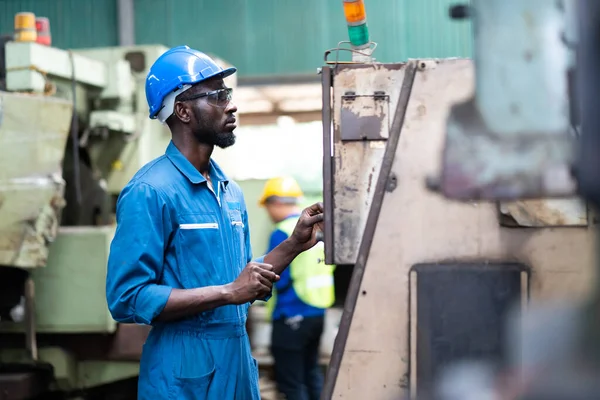Structural engineering is a critical discipline within the construction industry, ensuring that buildings and infrastructure are safe, functional, and durable. However, even the most experienced engineers can fall prey to common mistakes that can lead to costly delays, safety hazards, and legal issues. In this article, we will explore ten common structural engineering mistakes and provide guidance on how to avoid them.
1. Inadequate Load Calculations
Mistake:
One of the most fundamental errors in structural engineering is underestimating or inaccurately calculating loads. This includes dead loads (permanent static forces), live loads (temporary forces such as occupants and furniture), and environmental loads (such as wind and seismic forces).
How to Avoid:
Ensure thorough load analysis using relevant codes and standards. Utilize software tools that can accurately model loads and their effects on structures. Regularly review and update load calculations as project specifications change. Collaborate with architects and other engineers to verify that all loads are considered.
2. Ignoring Local Building Codes
Mistake:
Failing to adhere to local building codes and regulations can lead to non-compliance issues, fines, or even project shutdowns. Each jurisdiction has specific requirements that must be met.
How to Avoid:
Familiarize yourself with local building codes before starting any project. Consult with local authorities and engage in continuous education to stay updated on any changes in regulations. Design with local standards in mind and maintain clear communication with regulatory bodies throughout the project.
3. Poor Communication with the Project Team
Mistake:
Ineffective communication between structural engineers, architects, contractors, and clients can result in misunderstandings, design errors, and project delays.
How to Avoid:
Establish clear communication channels from the outset. Use project management tools that facilitate collaboration and information sharing. Schedule regular meetings to discuss progress, updates, and any issues that may arise. Encourage an open environment where team members feel comfortable voicing concerns or asking questions.
4. Insufficient Site Investigation
Mistake:
Neglecting to conduct a thorough site investigation can lead to unforeseen challenges, such as unstable soil conditions or unexpected environmental factors that impact structural integrity.
How to Avoid:
Invest in comprehensive geotechnical studies before commencing design work. Analyze soil conditions, groundwater levels, and other site-specific factors that may affect the structure. Incorporate these findings into your design to ensure that it is appropriate for the site conditions.
5. Overlooking Structural Connections
Mistake:
Inadequate attention to structural connections can compromise the stability and safety of a structure. Weak or poorly designed connections can lead to structural failure.
How to Avoid:
Design connections that can effectively transfer loads between different structural elements. Use established design guidelines and standards for connections. Conduct thorough reviews and calculations to ensure that all connections can handle the expected loads and stresses.
6. Failing to Incorporate Redundancy
Mistake:
Designing structures without redundancy can be dangerous. In the event of failure in one part of the structure, a lack of redundancy can lead to catastrophic collapse.
How to Avoid:
Incorporate redundancy into your designs by ensuring that multiple structural elements can share loads. Consider alternative load paths that can support the structure if one element fails. Conduct structural analyses to identify potential failure points and address them proactively.
7. Not Considering Future Modifications
Mistake:
Designing a structure without considering potential future modifications or expansions can lead to complications down the road, including the need for costly retrofitting.
How to Avoid:
Engage in discussions with clients about potential future needs during the design phase. Design structures with flexibility in mind, allowing for potential modifications without significant structural changes. Document potential future scenarios and incorporate them into the design where feasible.
8. Inadequate Documentation
Mistake:
Poor documentation can lead to confusion during construction, resulting in errors and inconsistencies between the design and the completed structure.
How to Avoid:
Maintain detailed and organized documentation throughout the project lifecycle. Ensure that all design calculations, specifications, and drawings are clear and accessible to all team members. Implement a standardized documentation process that includes version control to track changes and updates.
9. Relying Solely on Software
Mistake:
While structural design software can enhance efficiency and accuracy, relying solely on it without a solid understanding of underlying principles can lead to errors.
How to Avoid:
Use software as a tool, not as a substitute for engineering judgment. Ensure that all calculations and designs are reviewed critically, regardless of software outputs. Stay informed about the limitations of the software being used and validate results through manual calculations when necessary.
10. Neglecting Quality Control
Mistake:
Skipping quality control checks can lead to undetected errors, material deficiencies, and potential safety hazards in the final structure.
How to Avoid:
Implement a robust quality control process that includes regular reviews, inspections, and testing throughout the design and construction phases. Establish clear quality standards and ensure that all team members are trained to recognize and address quality issues. Engage third-party inspectors when necessary to provide an objective evaluation of the work.
Conclusion
Understanding and avoiding common structural engineering mistakes is essential for delivering safe, efficient, and successful projects. By prioritizing thorough planning, effective communication, and adherence to standards, engineers can significantly reduce the risk of errors. Continuous education and collaboration with other professionals in the industry can further enhance the quality of structural designs.
Whether you are a seasoned engineer or just starting, being aware of these common pitfalls and taking proactive measures to avoid them can lead to a more successful and rewarding career in structural engineering. Always remember that the foundation of a great project lies in meticulous attention to detail and a commitment to excellence.








